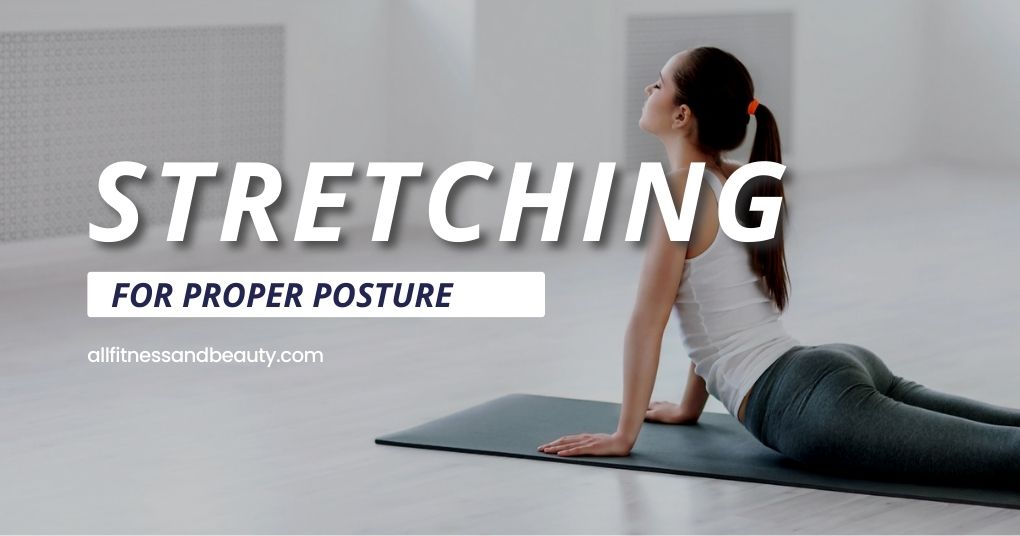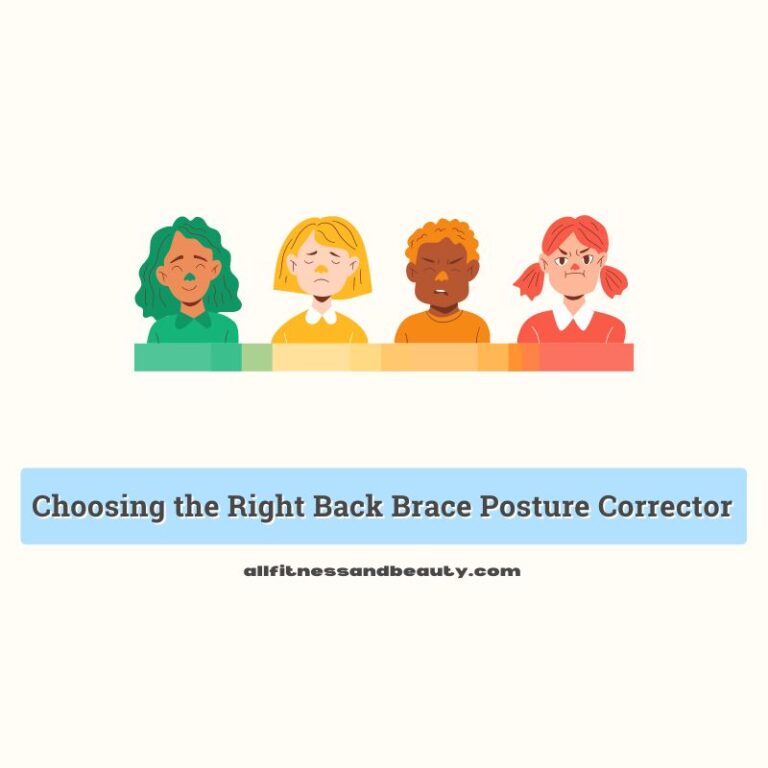How Do I Train My Posture for Comfort?

“How do I train my posture? Is it possible to have good posture after years of bad posture?” I’m pretty sure you’ve asked yourself these questions. In this post, we’ll cover them all and other topics.
How Do I Train My Posture to Sit and Stand Properly?
It’s important to note that your posture is more than just how you stand or sit. Rather, it’s also about your long-term health. If you have back pain, your bad posture can worsen it. So, how can you train your posture?
Know What Good Posture Looks Like
Before you even start training your posture, make sure that you know how a good posture looks like. For standing posture, you should stand with your feet shoulder-width apart.
Your shoulders should be relaxed and your head must be aligned with your spine. Don’t lean forward. Make sure that your chin is slightly tucked in.
Your sitting posture must look like this:
– Sit with your feet flat on the ground
– Your hips are slightly higher than your knees.
– Keep your back straight
– Don’t slouch forward or hunch your shoulders
Include Stretching in Your Exercise
It’s hard to maintain proper posture if you have tight muscles. With stretching, those tight muscles will loosen. It also improves your flexibility.
When stretching, focus on your back, chest, and shoulders. Poor posture tends to tighten these areas.
One of the stretches you can do to effectively train your posture is chest stretch. To do this, just stand in a doorway and place your hands on the frame at shoulder height. Slightly lean forward until you feel a stretch in your chest. Hold in this position for 30 seconds.
Another stretching exercise you can do is cat-cow stretch. It’s a yoga position that lets you get into a position like a cat. Then, slowly drop your belly down like a cow. This stretch will loosen up your spine.
You can also do a child’s pose. Just kneel on the floor. Then, sit back on your heels. Reach your arms forward. This pose stretches the spine and relaxes your lower back.
Strengthen Your Core Muscles
It’s vital to know that your core muscles support your spine. If they’re weak, you can maintain good posture throughout the day. That’s why strengthening your core is important to help you stand taller and maintain alignment for longer periods.
One of the exercises you can do is plank. Just get into a push-up position. Then, hold in this position. Your forearms must rest on the floor. Keep your body in a straight line from head to heels. Hold for 30 seconds. As you get stronger, you can gradually increase the time up to two minutes.
Bird-dog exercise can also strengthen your core muscles. You can start on all fours. Then, extend one arm straight forward while extending the opposite leg back. Hold in this position for a few seconds before switching sides. This exercise will help stabilize the core.
You can also do bridges. To do this, just lie on your back. Your knees are bent and feet are flat on the floor. Lift your hips toward the ceiling and squeeze your glutes as you rise. Hold for a few seconds before you lower down.
Practice Mindful Posture Throughout the Day
Another way to train your posture isn’t about doing exercises. Rather, it’s also about being mindful of how you hold yourself throughout the day.
To remind yourself to maintain good posture, make sure to set reminders. You may use your phone or computer to set hourly reminders to check your posture. Do it as a habit to help you become aware of when you start to slouch or hunch over.
It’s also important to adjust your workstation. That is, make sure that your computer screen is at eye level. Use a chair that provides lumbar support. Then, your desk height must let you keep your elbows at a 90-degree angle. If you have a well-adjusted workstation, it can make a huge difference in your posture.
Throughout the day, practice drawing your belly button towards your spine. This will help engage your core muscles. It also helps in supporting your lower back and keeping your spine in alignment.

Should You Use Posture Correcting Tools?
They are highly recommended. Keep in mind that a little extra help can make a big difference when it comes to training your posture. So, consider using them to support and encourage proper alignment of your posture.
You may use posture braces to keep your shoulders back and prevent slouching. They are especially useful if you spend long hours sitting at a desk.
Foam rollers are also useful. They target areas of your back, shoulders and legs. These rollers are useful in relieving tension and improving your posture over time.
Can You Correct Years of Bad Posture?
Yes, you can. It’s never too late to make a change. However, it can take time to correct your bad posture. You need consistent effort to help you achieve better alignment, reduce discomfort, and boost confidence.
Poor posture develops over years of repetitive habits. As a result, the muscles adapt in ways that make slouching feel natural. Over time, these muscle imbalances and tighten some areas, like your chest and shoulders. They also awaken others, such as your back and core.
To correct your posture after years of bad posture, you must retrain your muscles. And this needs commitment to new healthy habits.
As mentioned, being aware of your poor posture will help you correct it. Awareness is always the first step to changing your posture.
Starting now, pay attention to how you sit, stand, and move throughout the day. Practice mindful posture to avoid falling back into slouching habits.
To help you develop awareness, you can take breaks. Just set hourly reminders to check and adjust your posture. This is especially true if you work at a desk throughout the day.
Consider using mirrors. Stand in front of a mirror to help you see where your alignment is off. Then, stand sideways to check if your head, shoulders, and hips are in a straight line.
You should also practice good posture throughout the day. Keep in mind that training your posture means that you need to make small, consistent adjustments. In that case, you must practice good posture when you sit, stand, and walk.
Keep your feet flat on the floor when you sit down. Make sure to maintain a slight arch in your lower back. Don’t cross your legs for extended periods. This can only strain your lower back.
When standing, distribute your weight evenly on both feet. Keep your head level, shoulders relaxed while your chest is open.
Walking requires standing tall and focusing on pulling your shoulders back slightly. Then, make sure that you align your head over your spine.
How Do I Stop Slouching?
It’s one of the most common posture issues. This is especially true if you sit at desks or spend a lot of time on your phones. Indeed, slouching may feel comfortable. But over time, it can lead to back pain, reduced mobility, and even low energy.
You can stop this habit, though. However, it needs body awareness, strengthening exercises, and consistent posture checks.
Be Patient and Consistent
Breaking the slouching habit won’t happen overnight, unfortunately. It takes time to retrain your muscles. Aim to make small adjustments each day. Then, make sure to celebrate the progress you make over time.
Training your Posture
Having a good posture is admirable. But how do I train my posture? It’s easy. Just follow the tips above. As you develop good habits in the next few months, you will see the difference. And if you want to use a correcting tool, please visit our posture corrector department here.




Leave a comment